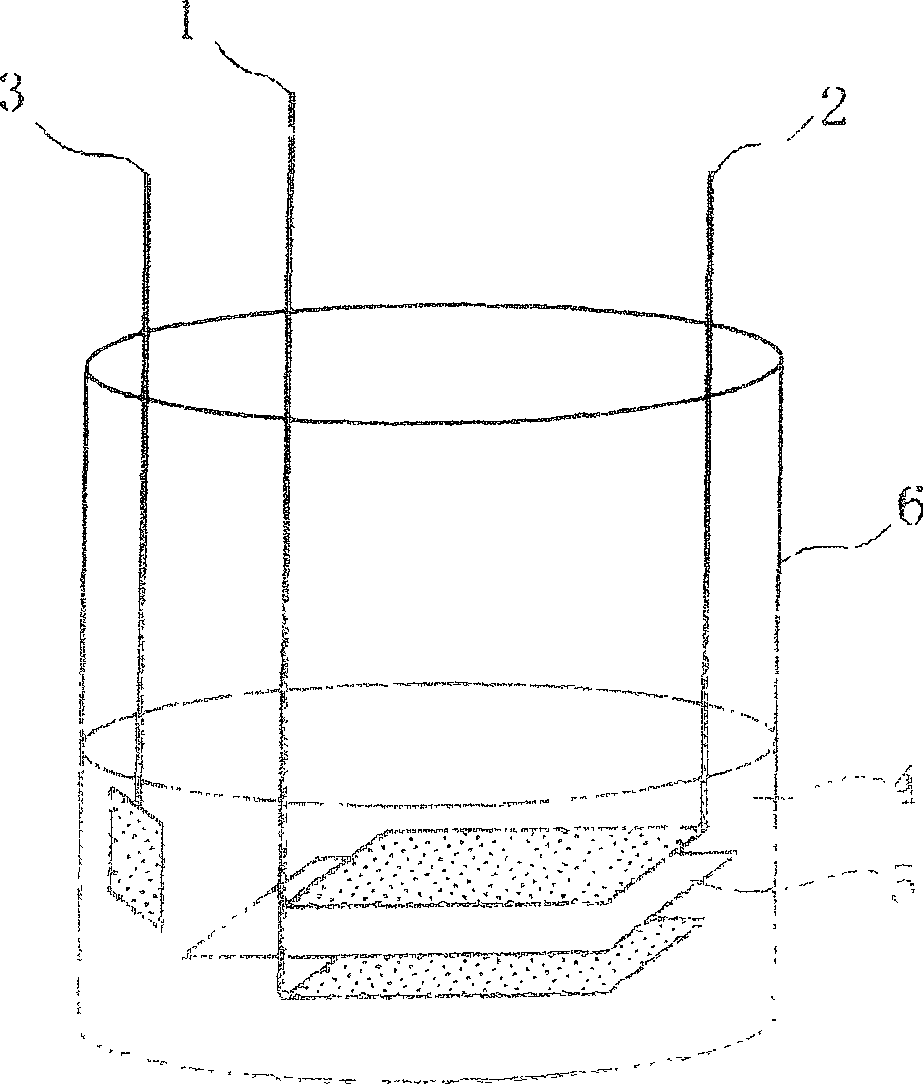Nonaqueous electrolyte battery
A non-aqueous electrolyte, battery technology, applied in battery electrodes, electrode carriers/current collectors, circuits, etc., can solve problems such as the reduction of positive volume energy density, the inability to obtain sufficient charge and discharge capacity, and the reduction of the contact area of positive current collectors.
- Summary
- Abstract
- Description
- Claims
- Application Information
AI Technical Summary
Problems solved by technology
Method used
Image
Examples
no. 1 Embodiment
[0082] (Example)
[0083] As an example, a positive electrode and a test battery were fabricated in the same manner as in the best mode for carrying out the invention.
[0084] Hereinafter, the positive electrode and the experimental battery produced in this way are referred to as the positive electrode a of the present invention and the battery A of the present invention, respectively.
Embodiment 1
[0143] A battery was produced in the same manner as in Example 1 of the first example, except that a positive electrode was produced as follows.
[0144] Hereinafter, the battery produced in this way is referred to as the battery B1 of the present invention.
[0145] First, according to the lithium iron phosphate (LiFePO 4 ) reaches 85% by mass of the positive electrode active material containing layer as a whole, and carbon black (BET specific surface area: 70m 2 / g) was measured so that it might become 10 mass % of the whole positive electrode active material containing layer, and both were mixed. Then, to this mixture, polyacrylonitrile (PAN) was added as a binder to make it 5% by mass of the entire layer containing the positive electrode active material, and an appropriate amount of N-methylpyrrolidone (NMP) solution was added as a solvent. , made a slurry by mixing. Then, the slurry was applied to a surface with a surface roughness Ra of 0.14 μm (Ra=0.14 μm) and a maxim...
Embodiment 2
[0162] Except for carbon black as a conductive agent, using a BET specific surface area of 39m 2 A test battery was produced in the same manner as in Example 1, except for the material used in the test example 1.
[0163] The battery produced in this way is hereinafter referred to as battery B2 of the present invention.
PUM
| Property | Measurement | Unit |
|---|---|---|
| thickness | aaaaa | aaaaa |
| surface roughness | aaaaa | aaaaa |
| particle size | aaaaa | aaaaa |
Abstract
Description
Claims
Application Information
 Login to View More
Login to View More - R&D
- Intellectual Property
- Life Sciences
- Materials
- Tech Scout
- Unparalleled Data Quality
- Higher Quality Content
- 60% Fewer Hallucinations
Browse by: Latest US Patents, China's latest patents, Technical Efficacy Thesaurus, Application Domain, Technology Topic, Popular Technical Reports.
© 2025 PatSnap. All rights reserved.Legal|Privacy policy|Modern Slavery Act Transparency Statement|Sitemap|About US| Contact US: help@patsnap.com



